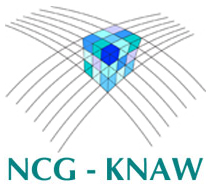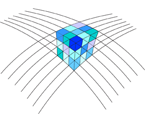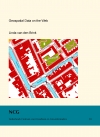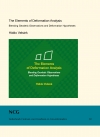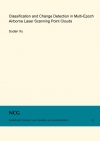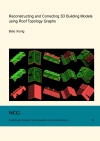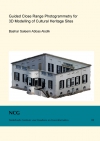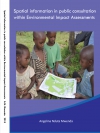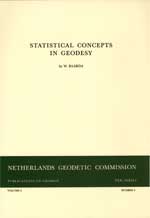
W. Baarda
Publications on Geodesy 8 (Vol. 2 Nr. 4), Delft, 1967. 74 pagina's.
ISBN-13: 978 90 6132 208 5. ISBN-10: 90 6132 208 1.
Preface
In this paper the starting point is formed by some elementary applications of statistical methods to geodetic adjustment problems. In its line of thought the paper is connected to earlier publications, such as [Baarda 1960, 62]. An indication is given of some difficulties of principle which are inherent in these applications, and which often make the value of tests illusory. This leads to what the author in recent years has come to consider as the central problem of geodesy, viz. the introduction (linking-up) of mathematical models for the description of measured quantities and their relations, including the possibility of choice between different but related models.
These thoughts have been directive for the design of several new geodetic theories, one of which, the so-called 'polygon theory in the complex plane' is now nearly complete both from a theoretical and practical point of view. An impression of this theory has been given in the paper 'A Generalization of the Concept Strength of Figure', which was written in 1962 for the I.A.G. Special Study Group No. l: 14, now included as an appendix. This paper also gives an impression of the possibilities (and difficulties) of a quantification of the objectives of geodesy. Other aspects of this theory are treated by Krijger [1966].
Mention should be made of a different approach to these problems, which is based on decision theory and of which Alberda [1966] gives an outline. An interesting problem for the years to come will be to find the line of thought connecting these approaches.
The author is much indebted to Ir. J.E. Alberda for his translation of the manuscript and for his stimulating remarks in discussing the underlying theory.
Delft, June 1966 W. Baarda
Contents
1. Introduction 5
2. Point Estimation
2.1.Notation 9
2.2. Null hypothesis and adjustment 9
2.3 Adjustment in steps (phases) 14
2.4 Critical regions. Choicc of a 17
3. Error Theory
3.1 Alternative hypotheses 21
3.2 Errors (mistakes) in measurements 23
3.3 Effects of the assumption of a covariance matrix 32
3.4 Effects of non-linearity of functional relationships 37
3.5 Effects of the assumption of a model of functional relationships 4l
4. Model Theory. A tentative approach
4.1 Experiment and model 44
4.2 Considerations concerning the linking-up of a model of functional relationships 45
4.3 Further considerations 52
References 54
APPENDIX
A Generalization of the Concept Strength of Figure
- Introduction 61
- Scope of the paper 62
- Essential quantities 62
- The mutual position of points 65
- Differential relations 66
- The significance of the choice of computational base points for the computation of variances of coordinates 67
- The fundamental problem of discussion on the precision of geodetic networks 70
- Strength of figure 73
References 74
